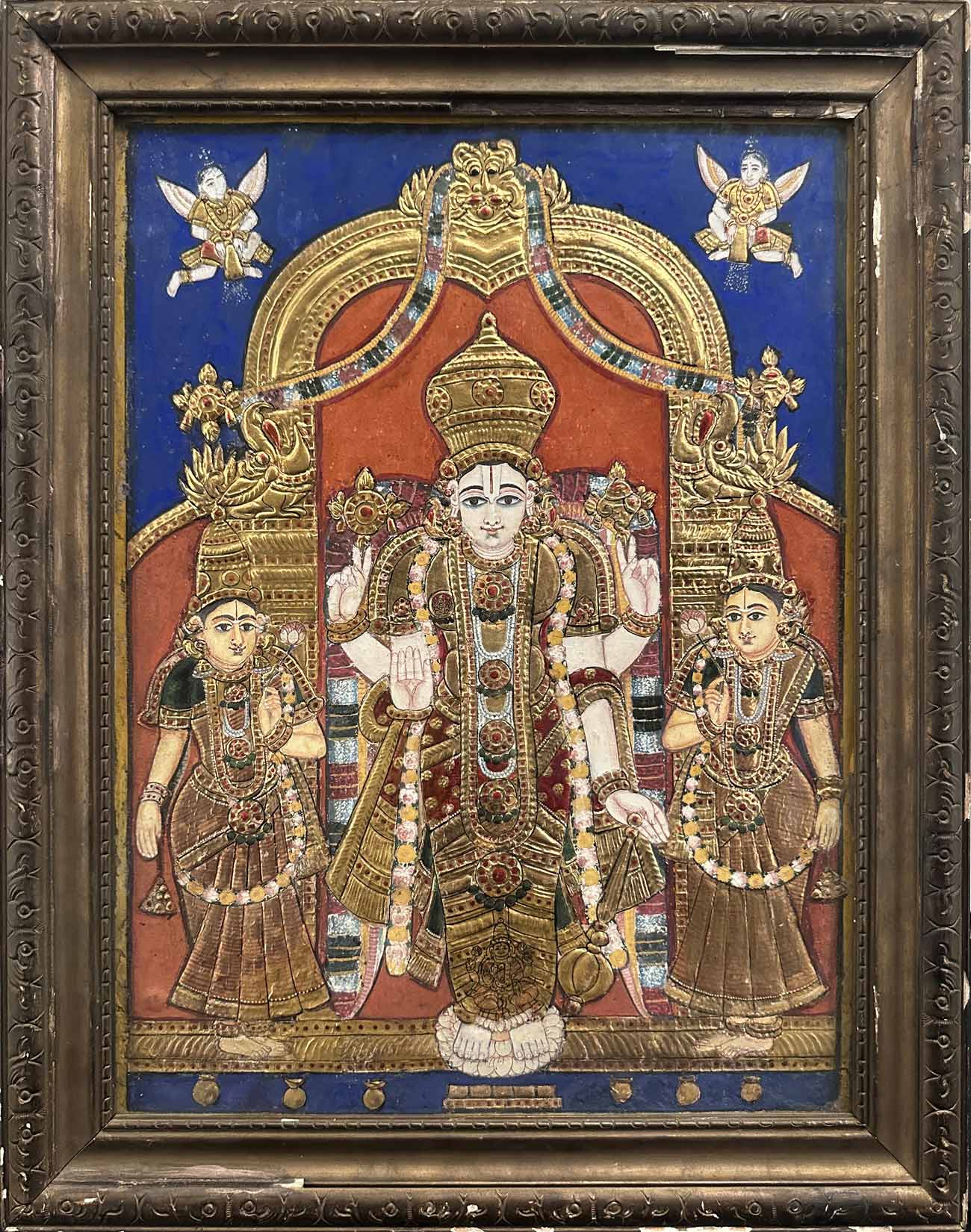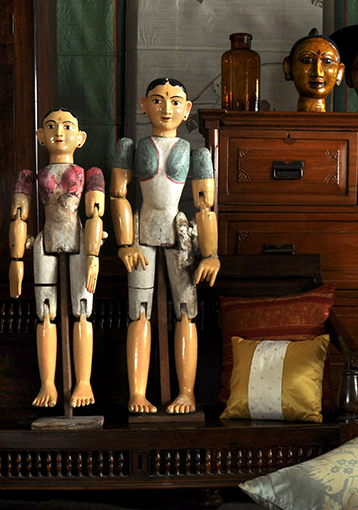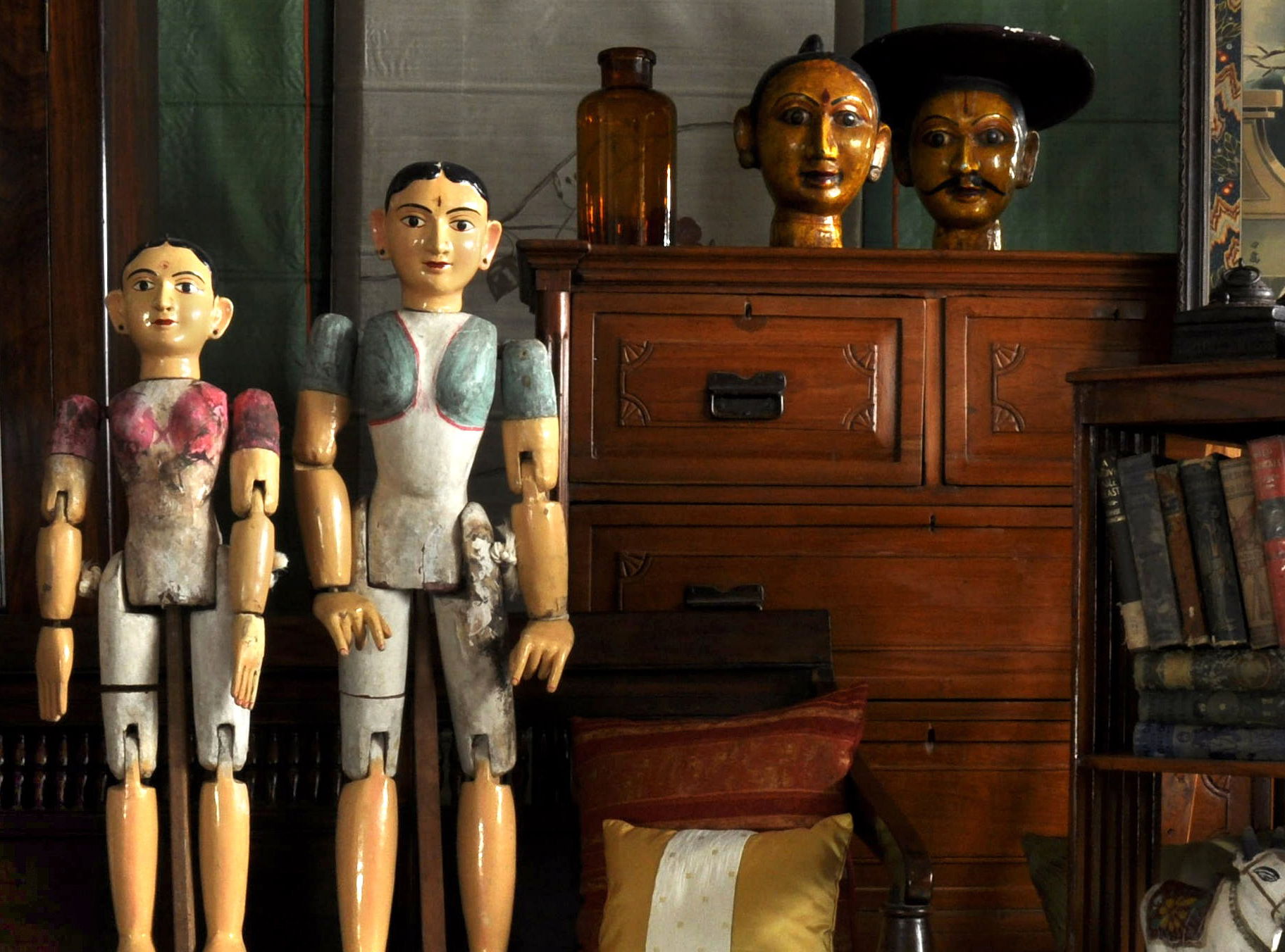- Home
- Rajamannar
Loading...
Rajamannar
All orders are insured for transit.
This item cannot be shipped outside India.
All orders are insured for transit.
This item cannot be shipped outside India.
Details
| Size: | 28 x 22.5 inches (framed) |
| Medium: | Tanjore Painting |
| Origin: | Thanjavur |
Description
Tanjore or Thanjavur painting of 'Rajamannar'. Rajamannar, also known as Rajagopalaswamy, is the presiding deity of the town, Mannargudi in Tamil Nadu. Rajamannar is a manifestation of Lord Krishna, shown here crowned and elaborately attired. On either side stand his consorts Radha and Rukmini, and above is a beautiful prabhavali with a protective Yali at the apex. In both the top corners of the painting are angels showering blessings on Krishna below.
The Rajagopalaswamy temple of Mannargudi flourished in the 16th century, under the patronage of Thanjavur Nayakas, who made it the primary shrine of their dynasty and developed the temple significantly. Today, the Rajagopalaswamy Temple is known as 'Dakshina Dwaraka' or the 'Dwaraka of the South', as locals believe the sages Gopillar and Gopralayar witnessed Sri Krishna re-enacting the 32 leelas or chapters of his incarnation to them, in the vicinity of the temple town Mannargudi.
-
Description
Read MoreTanjore or Thanjavur painting of 'Rajamannar'. Rajamannar, also known as Rajagopalaswamy, is the presiding deity of the town, Mannargudi in Tamil Nadu. Rajamannar is a manifestation of Lord Krishna, shown here crowned and elaborately attired. On either side stand his consorts Radha and Rukmini, and above is a beautiful prabhavali with a protective Yali at the apex. In both the top corners of the painting are angels showering blessings on Krishna below.
The Rajagopalaswamy temple of Mannargudi flourished in the 16th century, under the patronage of Thanjavur Nayakas, who made it the primary shrine of their dynasty and developed the temple significantly. Today, the Rajagopalaswamy Temple is known as 'Dakshina Dwaraka' or the 'Dwaraka of the South', as locals believe the sages Gopillar and Gopralayar witnessed Sri Krishna re-enacting the 32 leelas or chapters of his incarnation to them, in the vicinity of the temple town Mannargudi. -
ABOUT Tanjore Paintings
Read MoreTanjore paintings or Thanjavur paintings are named after the city of Thanjavur in Tamil Nadu, India, where they developed as an artform. As early as the 1600s, the city of Thanjavur, under the leadership of the Nayakas, served as the cultural capital for several kingdoms that ruled South India, actively encouraging painting, music, dance and literature. The unique style of Thanjavur or Tanjore painting as known today, is known to have flourished in the Maratha court of Thanjavur between the 17th and 19th centuries. King Serfoji II played a particularly significant role in developing this artform.
Tanjore paintings are characterized by well-rounded, pristine-looking deities painted in vivid colours. The ornaments, arches and sometimes even the deities are adorned in luxurious gold foil, inlaid with glass beads, and sometimes precious and semi-precious gems. The harmony between classic deep-toned colours and the jewel stones dipping into the lush gold foil, stages a grand ambience in the artworks. Apart from the gold leaf technique, Tanjore paintings are also famous for their unique gesso work. Gesso work is masterfully done to elevate the main characters and bordering arches from the surface, that gives a captivating three-dimensional depth to some Tanjore paintings.
Also known as palagai padam – meaning “picture on a wooden plank” – Tanjore paintings were originally completed on boards made from jackfruit or teak wood. Artists used vegetable and mineral dyes for the vibrant depictions of Hindu gods and goddesses. Over time, with rapid commercialisation of Tanjore paintings, plywood began to replace jackfruit and teak wood, while chemical paints took over the rich and dense natural colours. Bal Krishna, Lord Rama and Goddess Lakshmi are common subjects in Tanjore paintings, amongst others. Although extremely rare, some Tanjores also depict cultural personalities and occasionally, those from politics.
Finely curated, premium Tanjore paintings that breathe life into its true historical craftsmanship, have now become scarce. In their time-honoured technique and timeless depictions of mythological deities, authentic Tanjore paintings forward the legacy of Indian heritage across generations.
-
Details
Size: 28 x 22.5 inches (framed) Medium: Tanjore Painting Origin: Thanjavur -
Returns
We accept returns within 7 days of delivery if the item reaches you in damaged condition. -
Shipping
Shipping costs are extra, and will be calculated based on the shipping address.All orders are insured for transit.
This item cannot be shipped outside India.
This item has been added to your shopping cart.
You can continue browsing
or proceed to checkout and pay for your purchase.
This item has been added to your
shopping cart.
You can continue browsing
or proceed to checkout and pay for
your purchase.
This item has been added to your wish list.
You can continue browsing or visit your Wish List page.
Are you sure you want to delete this item from your Wish List?
Are you sure you want to delete this
item from your Wish List?

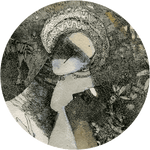
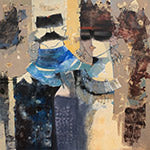
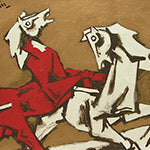
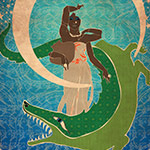
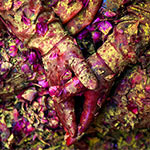
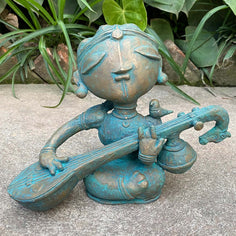
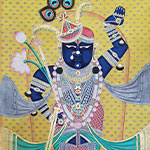
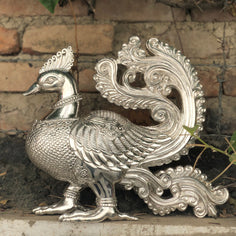




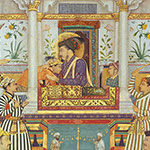
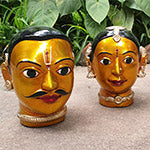

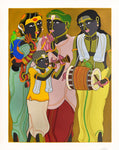

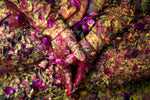

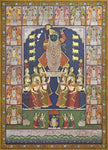
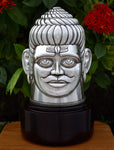



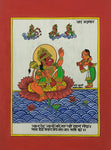
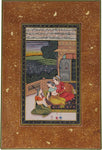
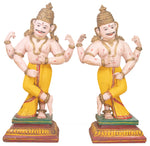
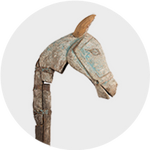
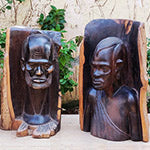
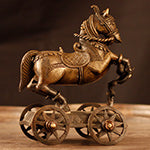

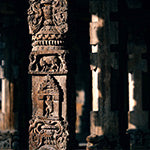
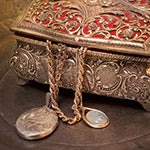
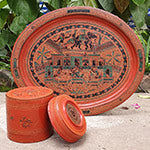
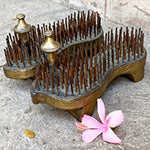
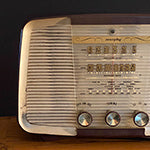
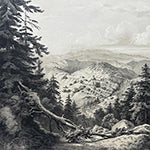

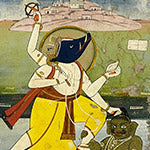
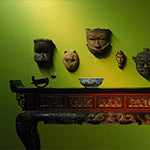
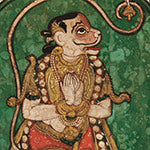

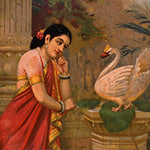

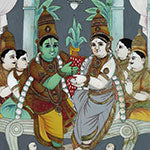
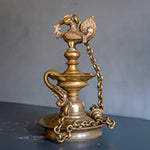
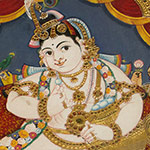
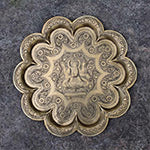
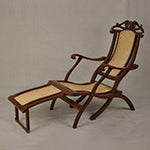
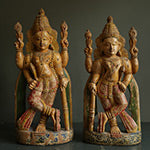


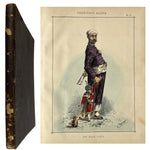

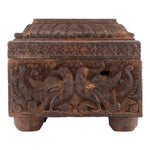
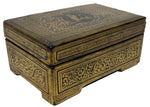
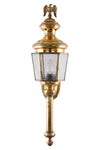

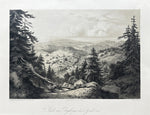


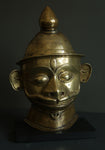
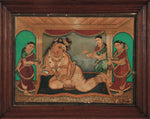
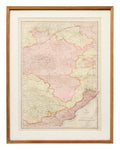


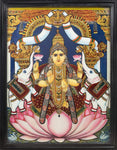

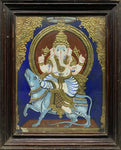
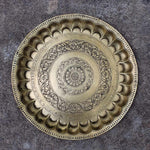
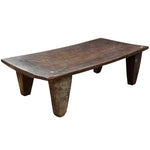
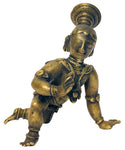


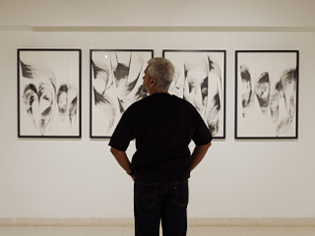
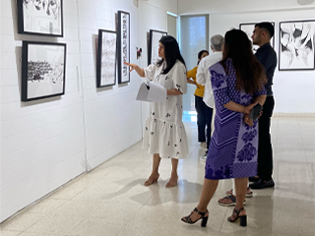




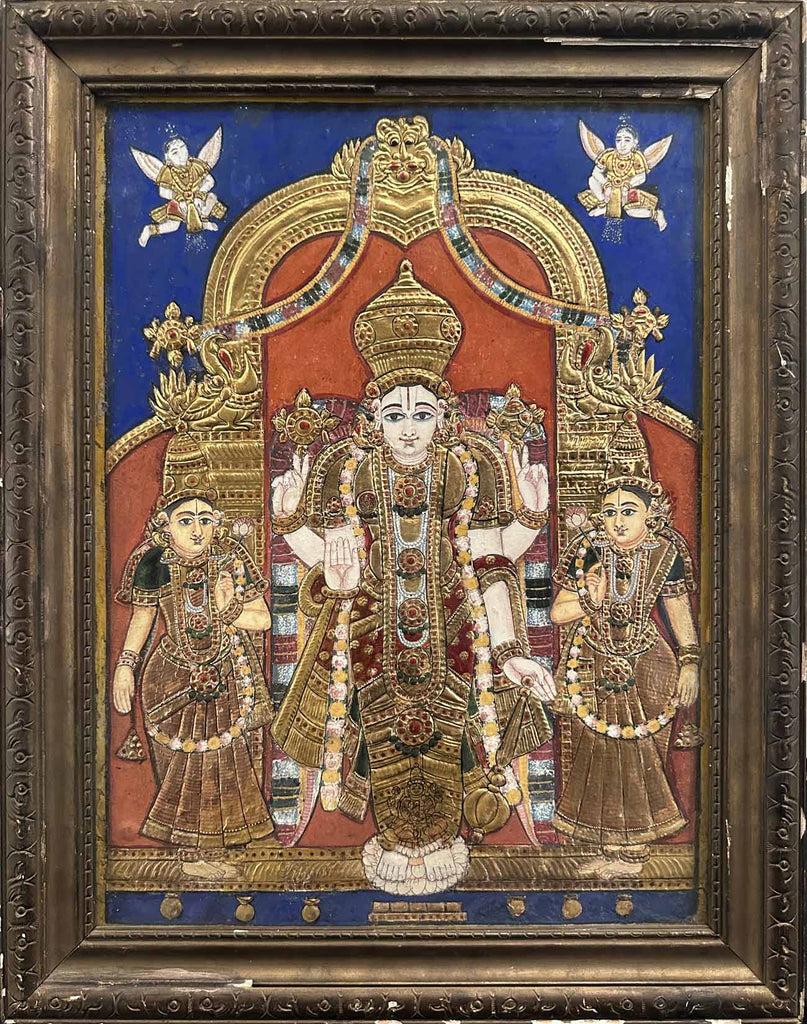
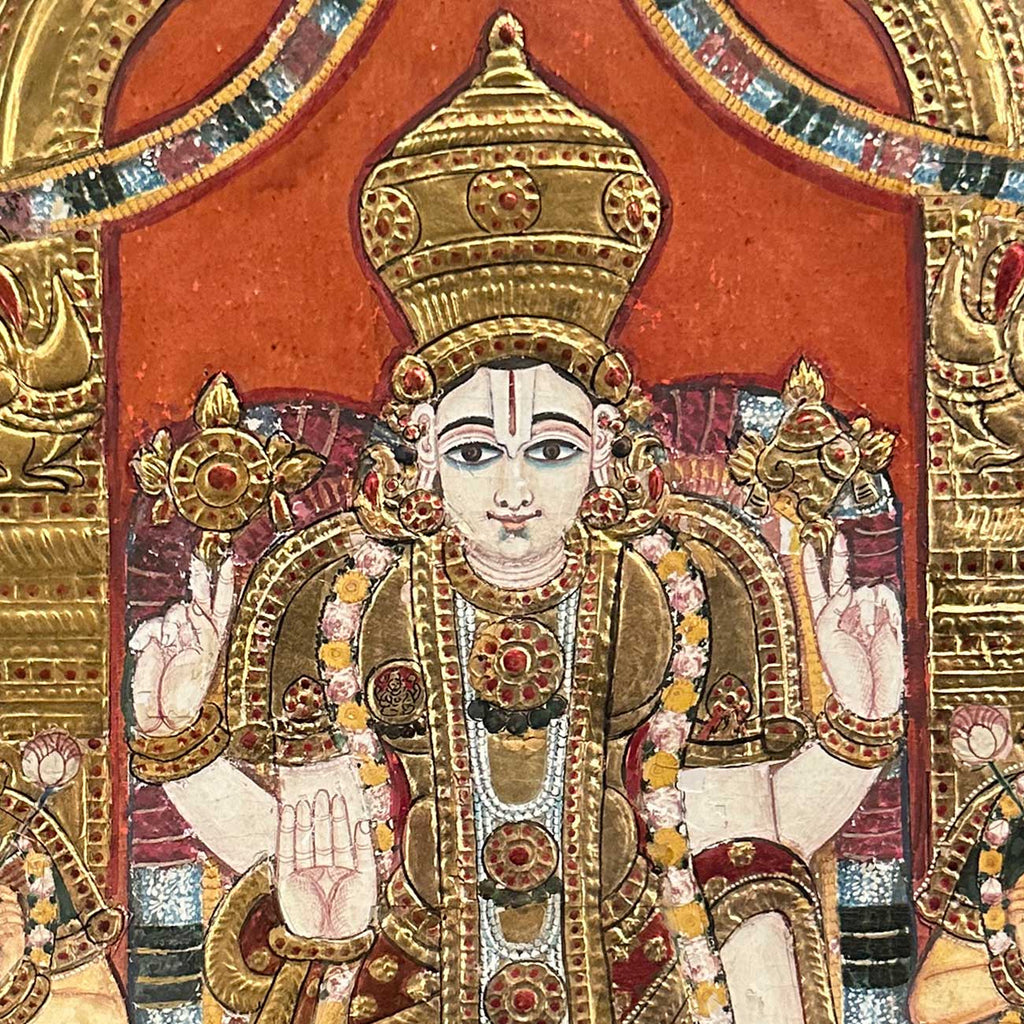
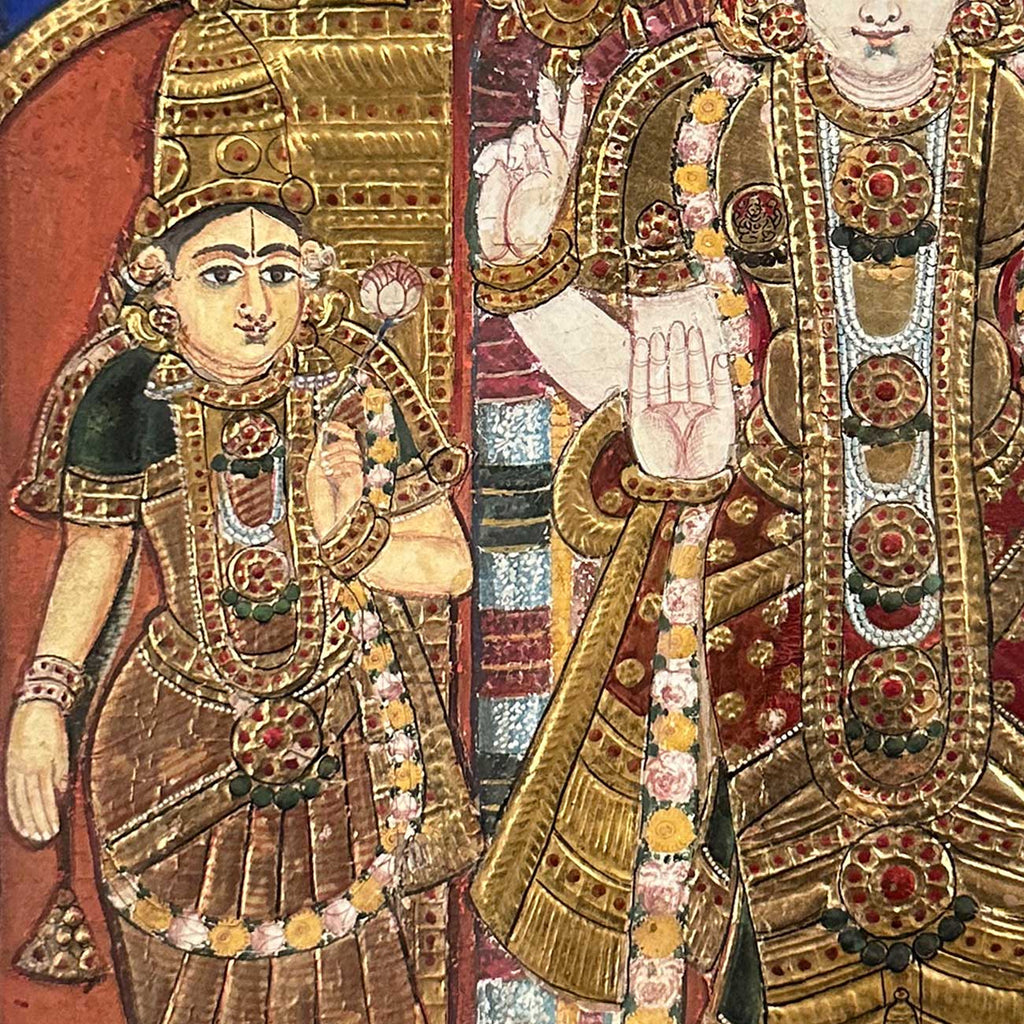
 View Full Screen
View Full Screen
